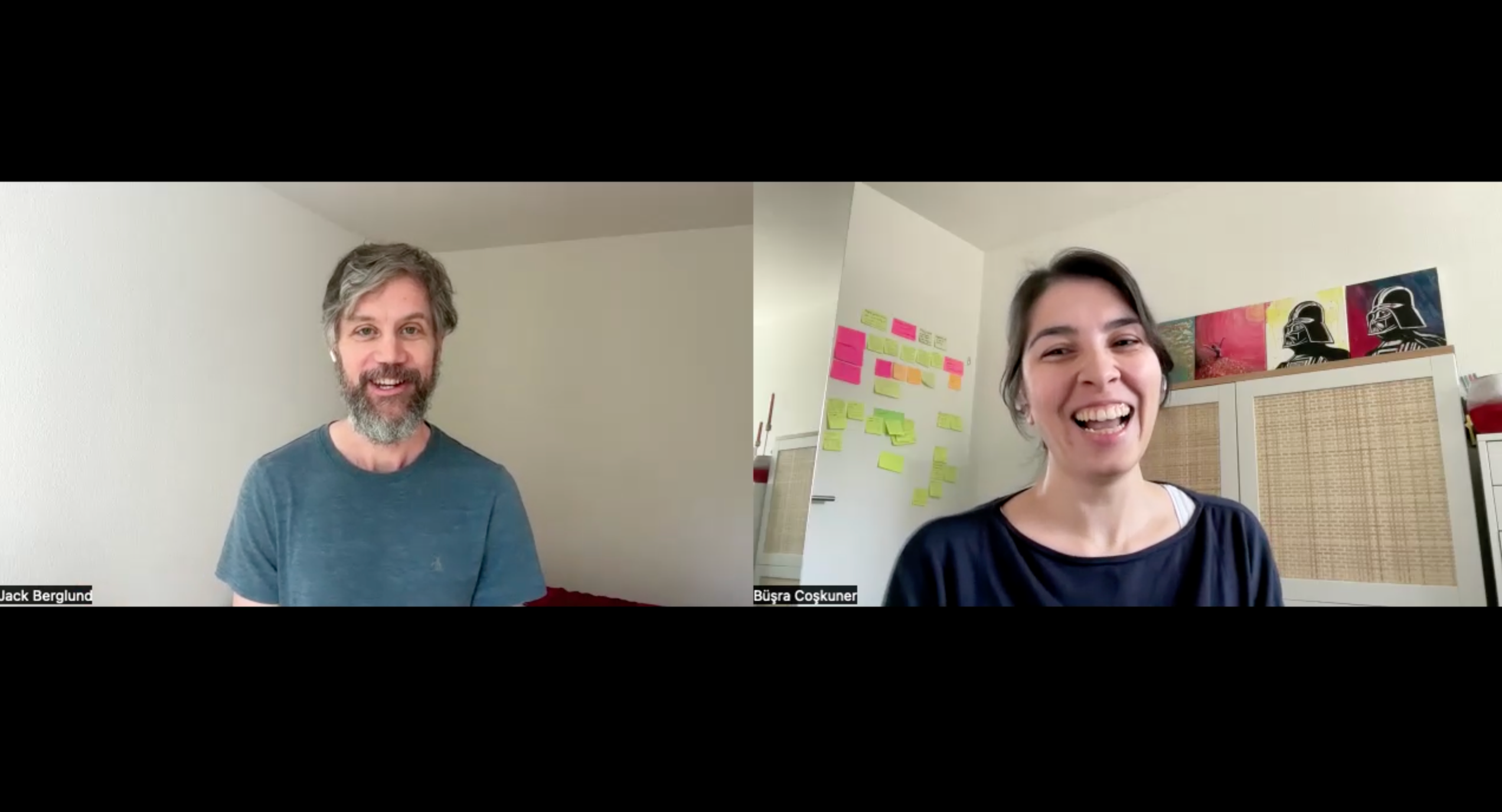During a Clubhouse session I received a very interesting question. As I’m at the same time a no-code maker, the question was if we still need to think about whether we should build a feature or not, now that the no-code movement made it so easy to build features and entire products.

My answer was clear: YES!
That we can build something doesn’t mean that we should build it.
Feasibility is only one part of the equation to decide whether we should build a feature/product or not. I’d even argue: Now that it’s so easy to build, we need to think even more about it if we should build a feature or not. As product managers, it’s our job to make sure to build the right thing. “Right” means right for our customers and for our business. We need to make sure that whatever we build stays in line with the vision that we pursue and doesn’t blow our product up to become something that nobody understands and everybody complains about. There are a few exceptions that are like that but are still successful as a company (I’m looking at you, Atlassian). But they are really exceptions and already have a very strong standing in the market. So, if you get a feature request from your colleagues, still think about why you should build, which value it provides to your customers/users, and how it contributes to the business goals. If you get a feature request from your customers/users, still think about whether it aligns with your strategy and vision, what the feature is supposed to solve for them, if there’s a better way to solve it, if you actually want to solve it, if it’s the right group of customers/users that you want to listen to, etc. etc. etc….
If it’s about building a whole new product, the thought process is a different one. You might want to read my post about validating 4 areas before starting to build.
No-code is just another way of building something. It doesn’t change the fact that a product or feature that’s been built easily but not wanted by anyone, doesn’t add value to the business, and is not aligned with the product vision is a waste of time, effort, money and motivation. Therefore, yes, we still need to evaluate if we should build it or not.

